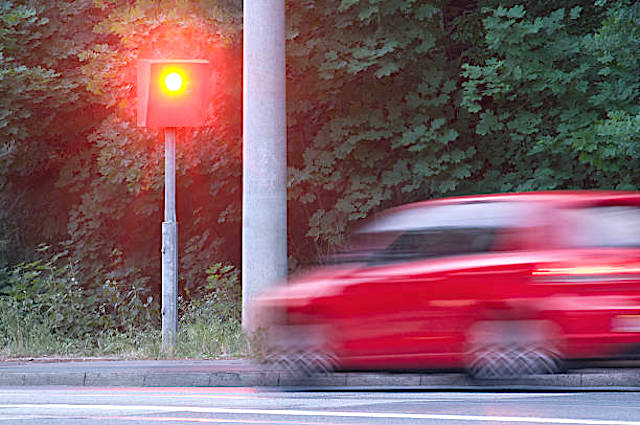
The Coalition Government is planning to grow by four times the number of fixed speed cameras on New Zealand roads, adding more than 600 to the 190 or so in operation now, says a source in the transport industry.
A committee comprising New Zealand Transport Agency (NZTA) representatives is working on where best to put the extra cameras, apart from obvious road accident hotspots. Signs forewarning the presence of cameras will be sporadic.
The blanketing of the country with what would be around 800 speed cameras is part of the Government-sponsored NZTA’s Road to Zero campaign, an attempt to force drivers to slow down to eliminate road deaths by 2050.
“Expect 100km/h zones to be cut to 80km/h and 80km/h ones to be restricted to 60km/h,” said the executive source, who isn’t authorised to speak for the Government or NZTA.
“The speed in some high-accident zones, where 100km/h is the current limit, could be cut to 60km/h over a specified distance, perhaps for 500 metres, and limited to 80km/h thereafter. Speed limits in and around towns and cities will also be cut back.”
NZTA took over the speed camera network from police late in 2019, after police had complained it no longer aligned with core police work. It said the change would allow the agency to collect data from cameras to better target road safety.
A spokesperson for Associate Transport Minister Julie Anne Genter said at the time the reason the agency was taking over the network was to make sure it had access to everything it needed to improve road safety.
“It means the use and placement of safety cameras will be considered alongside the wide range of other potential safety treatments that could be implemented on a road.” These included things like side and median barriers, rumble strips and intersection upgrades.
The quadrupling significantly increases the density of speed cameras in New Zealand, until now one of the lowest in the developed world. A study done by car insurance company Budget Direct last year found New Zealand had an average of less than a tenth of a camera for every 100km of road.
Australia, 28 times the size of New Zealand, had around two-tenths of a camera for every 100km. South Korea has the world’s highest density, with 7.36 cameras per 100km. Its city of Anyang, about 30km south-west of Seoul and with a population of around 600,000, casts a constant eye over its motorists.
Anyang had an average of 46.1 cameras for every 100km, or one camera every 2.17km. It rivals Moscow’s density. The Russian capital had 41.86 cameras per 100km.
- In New Zealand, Google Maps will show the location of speed cameras on a planned route and will let you know when you are approaching one. The tool is available on both Apple and Android phones. A speed camera can cut accidents by up to 39 per cent and cut around two-thirds of fatalities within 500m, according to a study by the London School of Economics.
